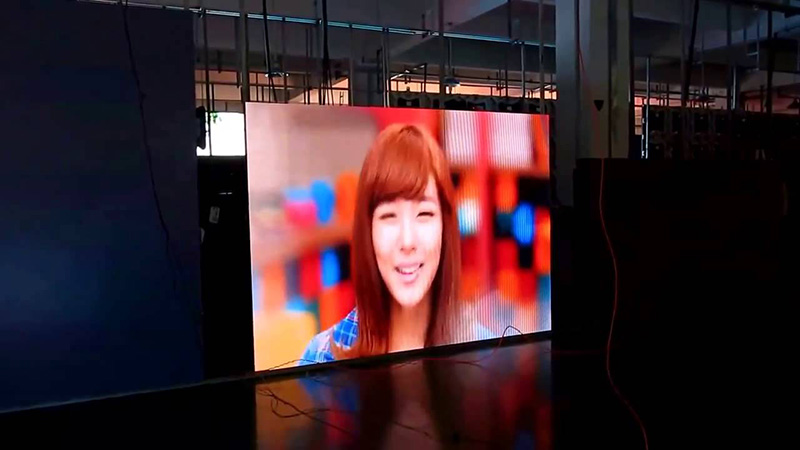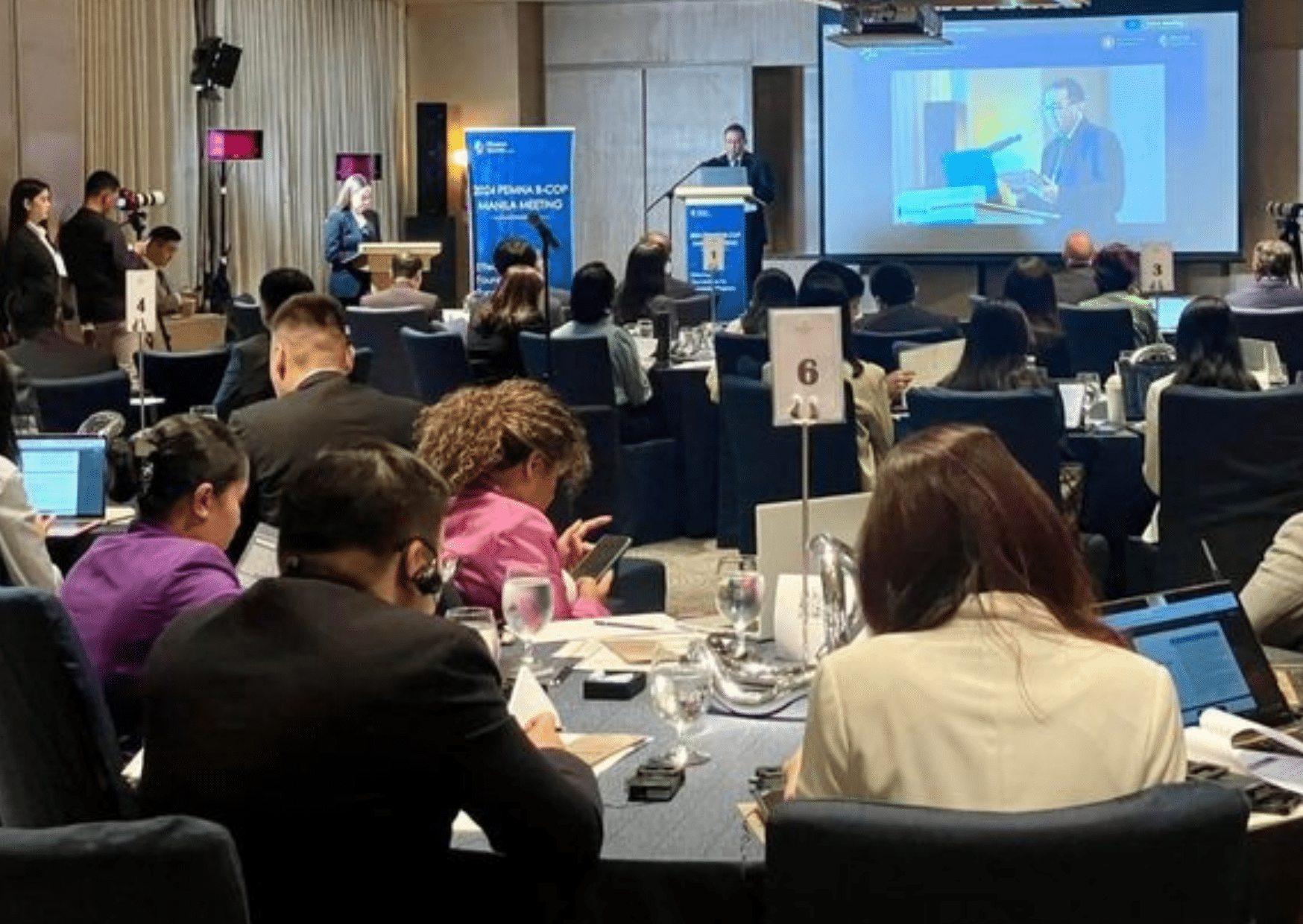Are you planning to have a conference for your company or an event for your family and friends? You’ll find yourself dealing with production technology and all the requests that go along with it. One of the most common display formats that is becoming more and more of a standard, for many reasons, are LED video walls. These modular walls can bring a dynamic and brilliant element to any event, but the technology and experience to know how to make them effective can sometimes be daunting. We’ve got many inquiries come at Itech Digital production with people that were often confused with what their options were when it comes to LED video wall rental Philippines. With that in mind, here are some questions you should make sure you find answers for BEFORE you make the decision for your LED walls.
1) What Type of Content Will I Be Displaying?
Are you simply running a powerpoint presentation, slide show loop, or are you going to be showing fast moving video, or live camera feeds from your stage on the screen? Knowing the type of content along with the quality or resolution which the content will be built from will help in narrowing down or expanding the type of screens you should consider.
If you’re looking at creating fun or subtle video loops or graphics backgrounds on your screen you may simply need some lower resolution and “higher pitch” LED products which can substantially cut your costs. Consequently if you need to be showing your high-quality content on a screen that can provide the highest detail then you’ll need to make sure you’re making room in your budget for the best quality products in the LED video wall market.
2) Is My Event Indoors or Outdoors?
This may not make sense at first until you understand the structures of video walls. There are designs that can be used outdoors and weather rain storms and wind with no problem at all and are waterproof. On the other hand these options are usually heavy due to the amount of military grade products they have in order to allow them to withstand any weather thrown at them.
Indoor walls usually don’t have the same “abuse structure” capabilities that the outdoor LED products have. Many indoor products have processing, cabling and other components that are exposed. This makes them easier to troubleshoot and replace once they are assembled, but doesn’t allow for them to take too much abuse. Many indoor products come with their own weather proof case that they ship in and are stored so that the only time they are exposed is when they are going through quality control inspections at a shop, or being assembled and used on site at different events.
Make sure you know where your event will be prior to making these choices. If you’re doing a tour or a multi-venue event that will be both indoors and outdoors it’s best to play it safe and narrow down your options to the outdoor products. This eliminates the opportunity for you to automatically buy parts that you were not expecting to thanks to weather damage that your vendor found when they were returned. Outdoor products can be used indoors. However, using indoor products outdoors always presents many high risks.
3) How Far Will The Audience Be Away From The Wall?
If your audience will be within 10’-25’ from your wall you’ll want to make sure that you are securing the highest resolution LED wall that you can get. If you don’t then you’re simply going to be providing free headaches and “noisy blinky lights” (as I heard it mentioned one time) instead of providing incredible visual imagery which you may have planned. I recommend nothing larger than a 6 millimeter pitch difference between LED pixels on your wall and if you can make it happen get a product that is a 4 millimeter pitch.
The higher the resolution is oddly enough a smaller number when it comes to pixel pitch. Pixel pitch is the term when referencing the distance between pixels and in the LED video wall world they are determined in millimeter size usually.
If your audience will be viewing your wall farther away, then you can often times get by with a much lower resolution or wider millimeter pitch wall. This can often times cut costs on the product used depending on the size of the wall and other processing factors.
4) What Resolution of Screen Do I Need?
We covered distance in the previous question and the reason why you need a higher resolution for your audience if they will be closer to your screen. The other element you need to determine is the quality of image, signal and playback which you will be sending to your screen. If you’re sending a DVD video to your screen you may be able to get by with a lower resolution video wall than if you were providing content in Blu-Ray format. The reason is due to the same reason why everyone switched from their standard 4:3 screen TV’s to their flat screen HD, 16:9 TV’s. It’s simply that there is more data resulting in more detail in a smaller area than there was previously available with technology. That detail provides for a much more crisp, and more clear image than you may have had before.
The same is true when it comes to LED screens. Lower resolution screens (higher millimeter pitch) will show less detail and look noisy the closer you get to them. This is in contrast to the higher resolution screens that can provide much more information and detail since the LED pixels are closer together. This allows for there to be much more pixels in the same amount of space in comparison to the lower resolution walls.
5) What Size of Screen Do I Need?
Some people will answer “AS BIG AS YOU CAN GET,” but that’s not always the right answer. Sure you can have a wow factor that is enormous, but if your video content is used to accentuate or provide details about your product at your trade show booth and it dwarfs the “presence” of your product, have you really delivered a quality message about your brand to your customers?
The size of screen should be determined by many factors, but a couple to help you start down the right path are determining the distance your audience will be from your screen when viewing the content. Elements including scenic pieces along with the weight limitations of your venue may help guide you in determining the size.
Sometimes bigger is better, but understanding the answers to your solutions before you resolve to going down that path will help in reaffirming you’re making the right decision and eliminating options and choices with LED video wall products that may not be satisfactory to the quality of imagery you’re needing.
6) What Type of Technical Expertise is Needed to Assemble and Operate the Screen?
I have had many panic calls throughout the years from people who were within hours of their event kicking off and realized they just couldn’t “turn the video wall on.” I’ve had others that have called saying, “so ummm…I’m trying to figure out how to plug the USB cable from my computer into the video wall to make it work.” Then there are others that have said they hired someone that said, “They knew how they worked,” but in reality had no clue.
As much as the technology with video walls is magnificent, it can also be a very complex world. If there is anything that you shouldn’t try to shortcut when it comes to video walls it’s making sure that you have an EXPERIENCED technician that knows the specific product that you’re using. There are many different products and approaches out on the market and there are many “training courses” for LED technicians. However, there are very few techs that know the art of making sure things work and the video wall will provide the best quality of imagery for the event as possible. The great ones are often booked months if not years in advance.
Make sure when you’re planning to use any type of LED products you have someone on your team that can fully and competently support you by providing direction and experience with the LED wall technology you will be using.
7) What Type of Video Input Will be Used Provide Content to the Screen?
Are you going to use a video switching system or are you simply planning on plugging in a DVD player and letting the video loop? LED walls can provide some tricky aspects when it comes to different video signals. Knowing your type of video signal will also determine the type and how much processing gear you’ll need which will make the video look the way it should.
Regardless, don’t let anyone tell you it’s just as simple as plugging in your laptop and showing your powerpoint on the screen. The technology has come a long way, but there are pieces of gear that you will need “up stream” of your video wall in order to make sure your laptop, DVD, or camera looks right on the screen instead of looking like a mixed up checker board of random screen parts scattered all over the LED wall.
8) Will the Screen Need to be Hoisted in the Air (“fly”), or Will it be Sitting on the Ground?
This question I’ve seen overlooked until the problem presents itself. Whether you’re planning to fly your wall or are setting it on a stage deck, you need to determine how much weight will be within safety tolerances of where you will be placing your wall. Building an 18,000 pound LED wall on a stage outdoors that can’t take more than 10,000 pounds is obviously going to be a problem. Then when you consider even simple breezes can cause problems, you quickly understand that planning ahead is crucial. In the same way, when you’re planning on flying your video wall, knowing how much weight each point as well as each motor will need and can support is critical in order to not cause structural damage or collapse an outdoor room.
Learn from many of the so called “pros” that have ignored these facts before and have injured or killed others as a result of their shortcuts. If you don’t know the answers, make sure that you bring qualified people on with your team to help determine the right answers for you. The could be life saving. Anyone who presents themselves as a professional yet cuts corners that puts lives in harms way is no one who should even be considered compotent enough of the title professional.
9) What Type of Power is Needed for the Screen, and what Type of Power do I have Available at the Venue for the Event?
Different types of LED products will require different types of voltage, amperage and power distribution systems. As you add on LED wall products the demand for your power increases.
On the flip side the venue that you may be installing your LED video wall in may have a limited amount of power for you to use. This may require you to look at additional power support from production grade generators, or seek an alternative size, or LED product to fit your needs.
Regardless of your LED video wall rental Philippines needs, if you start with these 9 key questions and determine them before you develop the video portion of your production further you’ll be creating a good foundation in determining the best solutions for your event and to deliver the best options for your content and budget. Call Itech Digital Production today and we will help you along the way.



